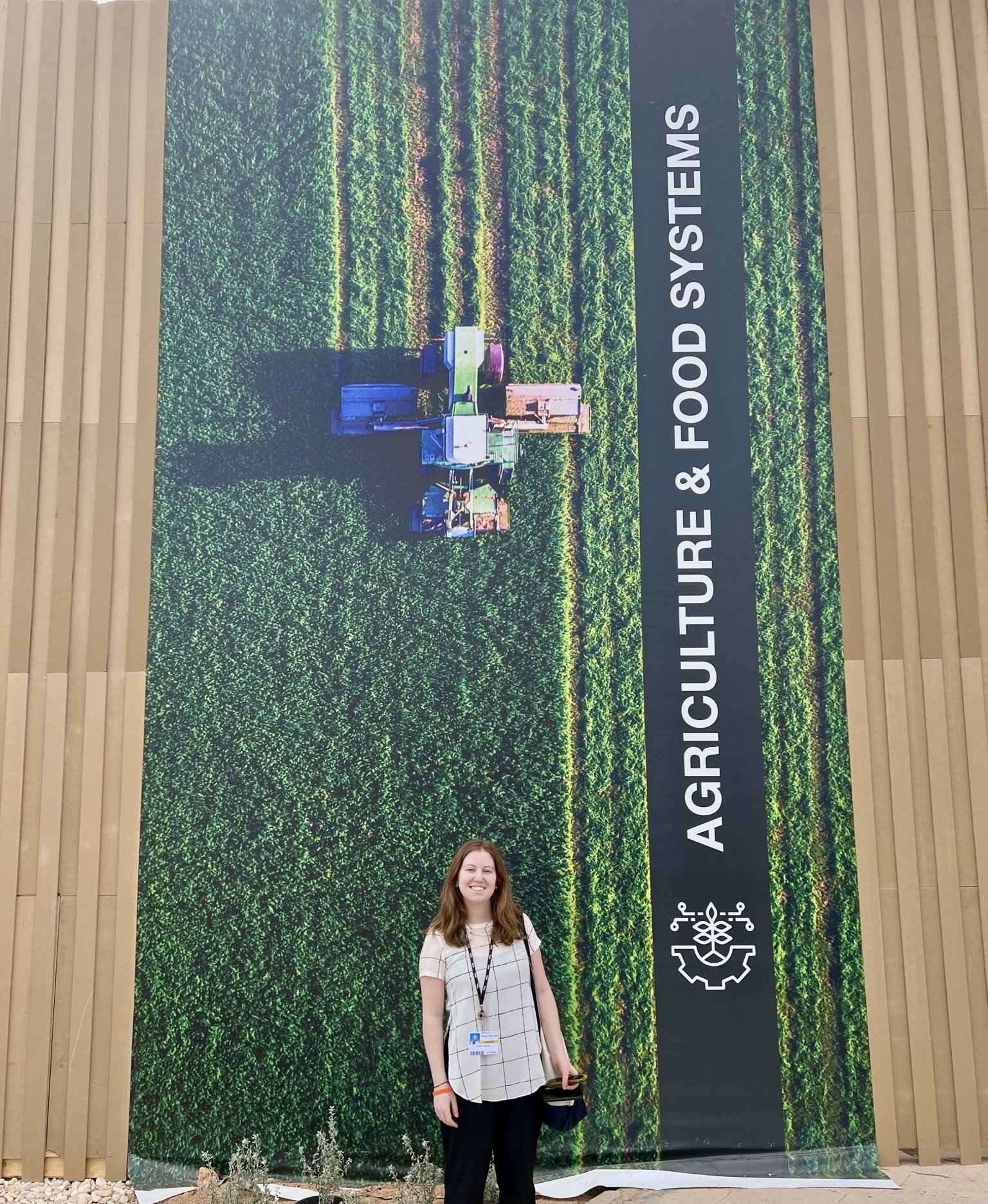I had no frame of reference to anticipate what COP 27 would be like. The space, a maze of warehouses with hundreds of unique and buzzing pavilions, was hard enough to navigate. My attention was pulled in every direction by art, snatches of conversation, and the occasional famous face. I was thankful that to have been able to focus on one issue while I was there, sustainable food systems, but still found myself jogging between buildings to attend overlapping panels.
Read MoreNo matter how much information you have beforehand, I’m not sure it’s possible to entirely prepare for the experience of attending the COP. The scale of the event, with thousands of attendees, hundreds of events every day and seemingly infinite negotiations, is overwhelming, inspiring, and frustrating. It can feel like the many pavilions, side events and networking opportunities are a distraction from the real work of technical negotiations, to which many attendees aren’t even paying close attention.
Read MoreGabrielle Robertson discusses a recent project she completed where she worked with Igiugig, an Alaskan Native village, collecting information on the many risks of diesel dependence compared to a renewable energy transition. We interviewed village council members, policy experts, and state government employees, integrating qualitative analysis and economic policy analysis to create a report for the village council.
Read MoreIncreasing mitigation ambition and enhancing implementations are the focus of the mitigation work program to achieve the Paris Agreement’s long-term goal of 1.5°C. However, recent studies and analyses of Nationally Determined Contributions (NDCs) demonstrated that existing goals and implementations are subject to 1.5°C of uncertainty. As a result, a chasm exists between the NDC’s pledges and desired goals. According to the sixth Intergovernmental Panel on Climate Change (IPCC) report, a 43% emission reduction is required by 2030 to attain the 1.5°C targets. However, the current NDC’s goals and implementation level show a 13.7% increase in emissions by 2030 compared to the 2010 level. Considering these diverging instead of converging emissions trends and targets, the Glasgow Climate Pact urged countries to boost their NDC ambitions before 2022. However, the country’s revised NDCs for 2030 need to be seven times more ambitious to meet the 1.5°C Paris Agreement goals. Consequently, the two entities, the Subsidiary Body for Implementation (SBI) and the Subsidiary Body for Scientific and Technological Advice (SBSTA), urged the parties to find a consensus on the road to the Paris Agreement that all parties could support…
Read MoreFletcher MGA student Neeraja Kulkarni interviewed Fletcher School alum Dr. Dalee Sambo Dorough as part of the Native American Heritage Month blog series.
Read More




